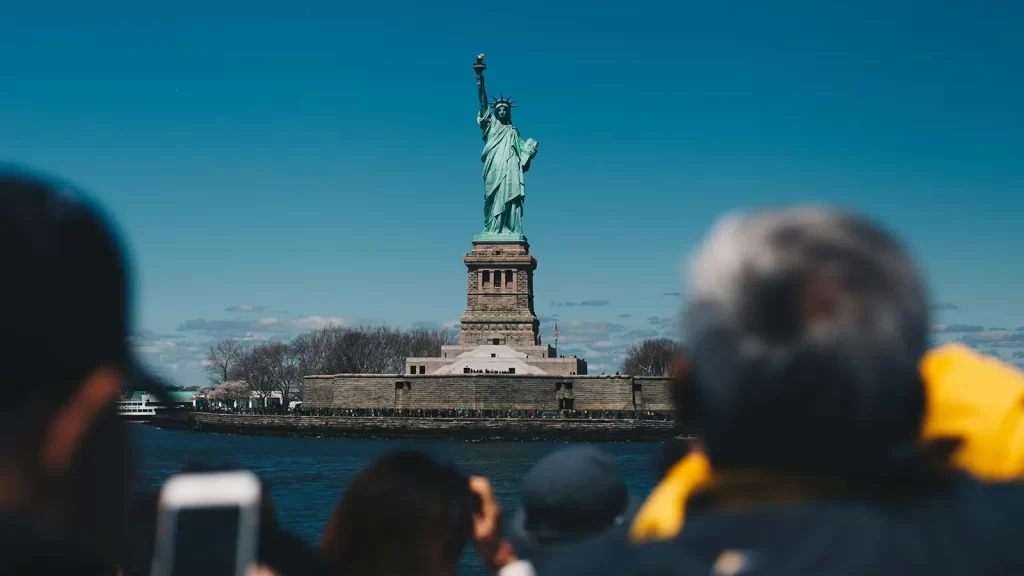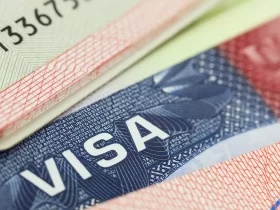The United States, historically one of the world’s most visited tourist destinations, is at a critical juncture. The latest projections suggest that the country will lose nearly $12 billion in international tourism receipts by 2025, due to a projected 7% drop in visitor spending from the previous year. This is revealed by the latest analyses of the World Travel & Tourism Council and other firms specializing in the industry, such as Tourism Economics.
What began as a slight change in travel trends has become a serious concern for the industry. From airlines to hotel chains, U.S. travel companies have begun to recognize the impact of the country’s domestic policies and international perception on the decline in visitors. The warnings from industry leaders are clear: the U.S. travel industry is on shaky ground.
The causes behind the setback
Experts and companies agree that trade, immigration and polarizing rhetoric driven by former President Donald Trump are behind this decline. The “America First” strategy, with high tariffs, tighter immigration controls, and divisive political messaging, has generated a noticeable backlash in key markets.
Countries such as Canada, Spain, and Western European nations have seen significant declines in the number of travelers crossing into the United States. In Canada, for example, car travel to the U.S. was down 24% in February compared to the same month last year. From Europe, where more than a third of the country’s international tourism comes from, there is also a decline, associated both with tariffs and the negative perception of Washington’s positions in global conflicts such as Ukraine.
The impact is not limited to leisure tourism. The business travel sector is also being affected, as some international companies and organizations are beginning to reconsider choosing the United States as a venue for events or conferences.
The travel industry, on alert

The largest hotel chains, such as Marriott, Hyatt and Hilton, along with platforms such as Airbnb, are already warning of slower growth and adjustments in their projections for the year. Airlines, for their part, have reduced fares in the face of lower demand, while analysts anticipate a decrease in revenues that will impact domestic trade, given that foreign tourist spending is counted as an export.
In addition, this phenomenon could aggravate the U.S. trade deficit and contribute to a possible slowdown in the economy. According to the Atlanta Fed, GDP growth forecasts already reflect the weight of these changes.
Sporting Events and the Missed Opportunity

Despite the decline in visitors, the United States is preparing for major events, such as the 2026 World Cup and the 2028 Los Angeles Olympics. While the impact on the World Cup is expected to be minor due to the natural magnetism of the event, analysts warn that the Olympics could be more affected if the country’s image as a friendly and open destination is not improved.
U.S. Travel Association executive director Geoff Freeman has stressed the urgent need to implement a national marketing strategy that will restore the country’s attractiveness in the eyes of the world. “The U.S. must set a clear goal of how many international visitors it wants to attract and how to achieve it…” he stated.
A destination still with potential
Despite current challenges, experts acknowledge that the U.S. retains a wealth of tourism attractions and unique experiences that will continue to attract the attention of international travelers. But the key will be to re-establish trust and global sympathy for the country before negative trends become the norm.






































Leave a Reply